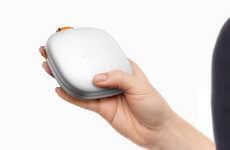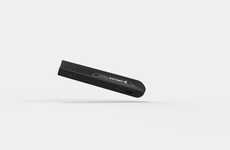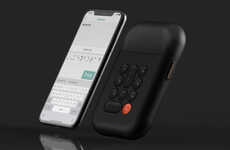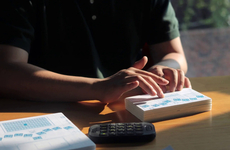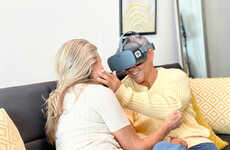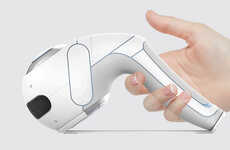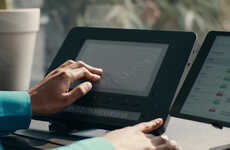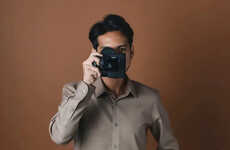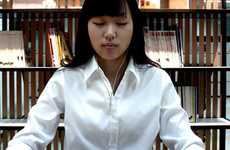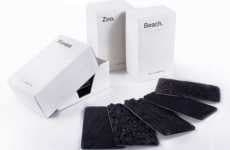
Greg Ponesse — June 28, 2006 — Lifestyle
References: cnn
whole new world opened up for Tommy Craig as he tested a new handheld device for the blind that converts print to audio.
Craig was able to "read" everything from menus to cooking directions by positioning the reader over print and taking a picture. In seconds, the device's synthetic voice read the printed message to him.
"The reader provides access to materials that a lot of times you just didn't read," said Craig, 51, of Austin, Texas, who was one of about 500 blind people who tested the device over the past few months. "It certainly makes you more independent."
Craig was able to "read" everything from menus to cooking directions by positioning the reader over print and taking a picture. In seconds, the device's synthetic voice read the printed message to him.
"The reader provides access to materials that a lot of times you just didn't read," said Craig, 51, of Austin, Texas, who was one of about 500 blind people who tested the device over the past few months. "It certainly makes you more independent."
Trend Themes
1. Blind Accessibility Technology - Developing handheld devices that convert print to audio for blind individuals, enabling them to access printed materials independently.
2. Synthetic Voice Technology - Advancing the use of synthetic voices to improve accessibility for visually impaired individuals, allowing them to 'read' printed text through audio conversion.
3. Print Recognition Technology - Innovating handheld devices with print recognition capabilities to assist blind individuals in converting printed material into audible content.
Industry Implications
1. Assistive Technology - The development and distribution of handheld devices for blind individuals to improve accessibility and independence in accessing printed materials.
2. Artificial Intelligence - Applying synthetic voice technology and print recognition capabilities in handheld devices to enhance accessibility for visually impaired individuals.
3. Education and Learning - Implementing blind accessibility technology in educational settings to enable visually impaired students to access and engage with printed materials more effectively.
4
Score
Popularity
Activity
Freshness

